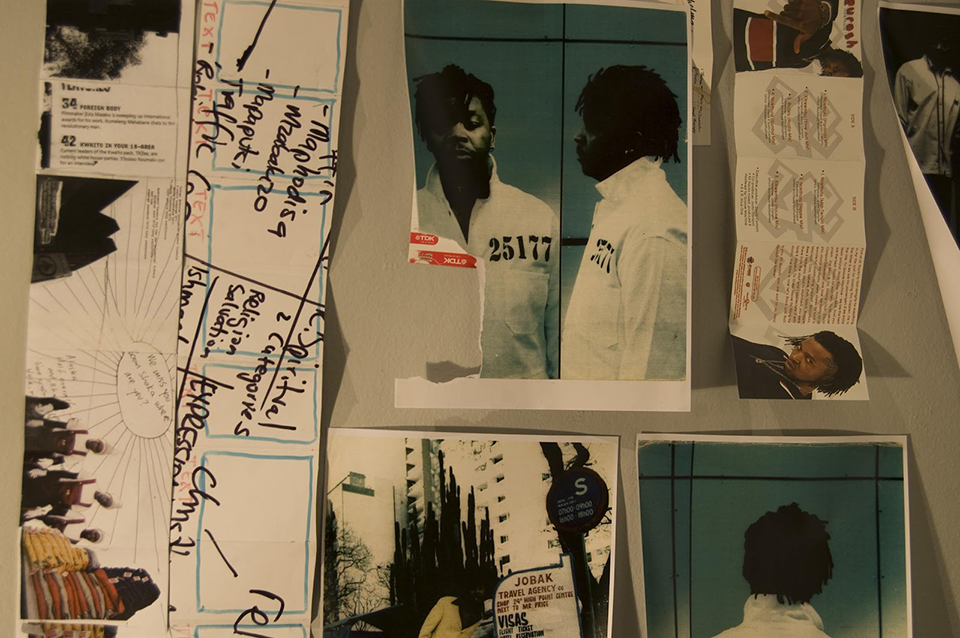In the 1990s, South Africa experienced the subcultural supernova of Kwaito. Fuelled by post-1994 optimism, and inspired by international hip hop, dancehall and house, local artists created a thriving underground of music, dance and fashion, spread through cassette tapes and taxi sound systems. In almost no time at all, this became the mainstream with the youth captivated by the music’s style, fun and adventure. Kwaito was both populist in appeal and musically progressive. Songs like Alaska’s ‘Accuse’ and Fester’s ‘Jacknife’ still sound as fresh as ever. Although the genre has receded in visibility, its influence is still felt throughout contemporary music.
As a young person, Rangoato Hlasane (Mma Tseleng) was caught in this cultural shockwave. From a small village with no electricity, his first exposure to music was the 80s bubblegum and reggae blaring out of taxis. As 1994 came around, he was at a perfect age to have his mind blown by the pioneers of kwaito, as well as the US rap and R&B which flowed in as the country ended its cultural isolation. As a fan, Hlasane built up an extensive music collection, but it was only in 2009 that he found his true calling as a kwaito DJ and archivist. When a DJ failed to turn up at a Drill Hall party he stepped to the plate and has been playing live ever since.

Along with performing, he has also become a historian of the recent past. He started doing ‘boom box walks’ through Hillbrow, finding the spots where the early pioneers of Kwaito lived, played and dreamed. These trips were commemorated with a special map featured in the book Not No Place, by Dorothee Kreutzfeldt and Bettina Malcomess. The book itself is an excellent secret history of Jo’burg and Hlasane’s map is one of the highlights, showing the bars and nightclubs where some of the early sound was birthed. He also created the irreverent ‘limited edition cassette-sleeve publication that explored early industry beefs in Kwaito’.
With Malose Kadromatt Malahlela, they have curated a live memory project called Thath’i Cover Okestra, an evolving pan-African Okestra that investigates the meaning and importance of Kwaito music’s legacy for a new generation. Its premise – a speculation into the direction that Kwaito could have taken post-2004 positions the project as both nostalgic and futuristic, thus appealing to a wide audience that cuts across age, race and geography. Through this collaborative exploration, what emerges is a new super nostalgic African futuristic spiritual chant non-genre. The story of Thath’i Cover has thus far been featured in Tsitsi Ella Jaji’s magnificent Africa In Stereo: Mordenism, Music and Pan-African Solidarity (2014, Oxford University Press) and the recently published The Art of Public Space. Curating and Re-Imagining the Ephemeral City (2015, Palgrave) by Kim Gurney. Such interventions memorialise the living legacy of the genre and help deepen its impact on the present.
Mma Tseleng loves the late Lebo Mathosa, he made a song for her:
Thath’i Cover Okestra



















































